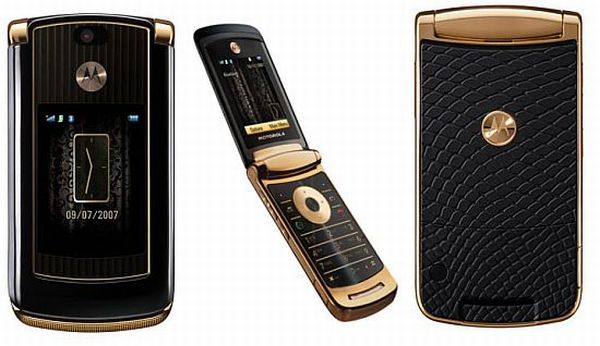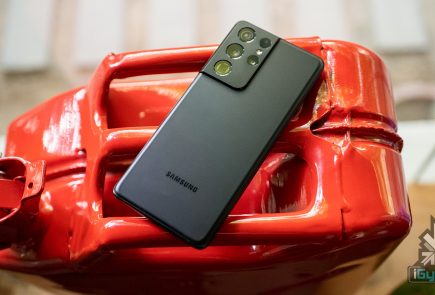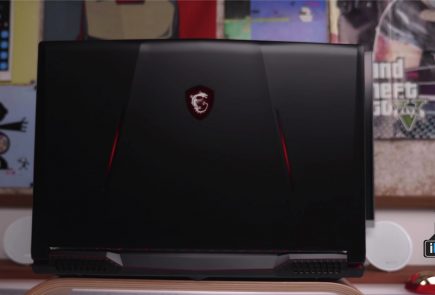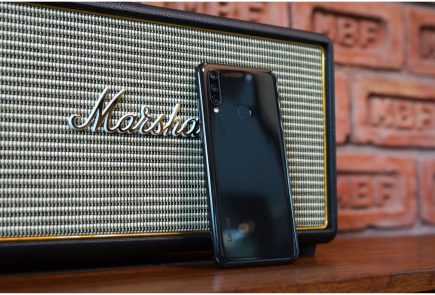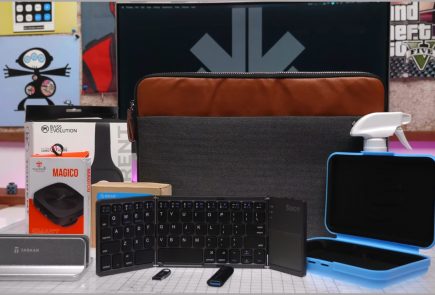The Demise Of Cell Phone Form Factors
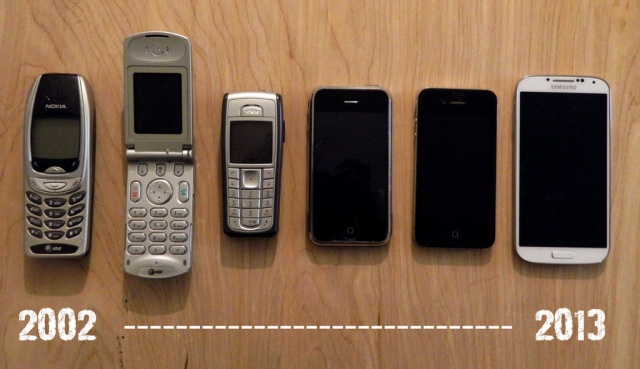
The scene (2005) : Three teenagers sitting together text away on their cellphones. A flip-phone, a slider, a-twist and use cellphone.
The scene (2005) : Three teenagers sitting together text away on their smartphones. A touchscreen candybar, another touchscreen candybar and a touchscreen candybar.
Back in 2006, I had a Motorola Razr. It made calls and got texts, and did little else. It was thin and lightweight. It made a pleasing sound as it snapped open and shut. “Ooh, a Razr,” people would say, causing me to blush.
Smartphones and feature phones back then came in many different shapes and sizes, and moving parts were in – displays that pivoted, swiveled, and twisted around, or keyboards that clumsily tucked under the display.
It was all about which phone had the coolest features and the most unique form factor, not about brand, specifications or how big and dense the display was.
After the introduction of the iPhone, the change of variety shifted from form factors to features themselves. Slowly, all premium devices shifted from their funky form factors to the boring candybar factor.
In a way, the choices today are more than there have ever been. Companies experiment with build quality and materials based on the same form factor. And there are four major mobile operating systems to choose from: Android, iOS, BlackBerry and Windows Phone.
But, the main thing we’ve been missing since the flip phone era is the satisfying THWACK! of ending a phone call. You just can’t hang up authoritatively with a smartphone. “Did you see that guy jam his thumb against his iPhone? Ooh, he must be mad!!”
Slider phones too do not just remain the province of the elderly and the clueless. Increasingly, young, tech-savvy people may be wanting slider phones for that smooth transition to reveal the keyboard.
If you’re feeling nostalgic enough to explore a potential purchase of these devices, I’m afraid I have some bad news : there aren’t many options available in the market. You might find the odd feature phone which comes in a variety of form factors, but it may not be what you need as far as features are concerned.
We may yet be about to witness yet another form factor transition. One from the standard candybar to flexible smartphones, wearable technology.
Every other form factor is nearing extinction, if it hasn’t already.
















